For orthopedic practices, where procedures are high-cost and outcomes are closely scrutinized, aligning with value-based care models is both a challenge and an opportunity.
AI platforms, especially those tailored for back-office automation in orthopedics, are emerging as powerful tools to support VBC success. Let’s break down how AI enables orthopedic clinics to thrive under these models—improving outcomes, reducing waste, and keeping both patients and payers happy.
The Shift to Value-Based Care in Orthopedics
Historically, orthopedic reimbursement followed a fee-for-service model: perform a surgery, get paid. But under value-based care, orthopedic providers are now being held accountable for:
- Post-operative complications
- Readmission rates
- Patient-reported outcomes
- Care coordination across the episode of care
This means that even tasks outside the OR—like scheduling, follow-ups, documentation, and referrals—can affect your revenue and ratings.
1. Reducing Administrative Overhead That Contributes to Burnout
Burnout among orthopedic teams is a hidden cost of poor back-office processes. AI platforms like Honey Health automate tedious, manual tasks such as:
- Fax triage (e.g., imaging results, referrals)
- Prior authorization follow-up
- Surgical documentation prep
- Refill request processing
When you free your team from these burdens, they have more time to focus on pre-op education, patient engagement, and high-quality charting—key drivers of VBC performance.
2. Closing Gaps in Care Coordination
Fragmentation kills value. AI agents can dramatically improve how information flows across a patient’s journey by:
- Identifying missing referrals or incomplete intake forms
- Prepping pre-op documentation for surgical clearance
- Routing discharge instructions or PT orders quickly to referring providers
- Flagging patients who missed follow-ups or imaging
This proactive approach helps clinics avoid delays, catch complications early, and ensure better continuity of care—all central to VBC incentives.
3. Enhancing Accuracy in Documentation and Coding
Poor documentation isn’t just a compliance risk—it directly affects quality metrics and revenue. AI tools trained on orthopedic data can:
- Suggest correct procedure codes based on chart content
- Pre-fill documentation templates for MIPS or bundled payment programs
- Extract relevant comorbidities from prior records to support medical necessity
This ensures that your documentation reflects the true complexity of care provided, which is essential for appropriate reimbursement under value-based contracts.
4. Supporting Predictive Analytics and Risk Stratification
Many AI platforms are also introducing predictive modeling features to support population health efforts. For orthopedic clinics, this can look like:
- Predicting patients at high risk of readmission or falls post-op
- Identifying those who would benefit from enhanced care pathways (e.g., joint class, tele-rehab)
- Forecasting delays or cancellations based on scheduling trends or insurance response times
This data-driven insight empowers providers to act before problems affect outcomes—exactly what value-based contracts reward.
5. Tracking and Reporting on Quality Metrics
Payers expect data. AI platforms can help by automating the collection and reporting of key metrics like:
- PROMs (Patient-Reported Outcome Measures)
- Surgical site infection rates
- 90-day post-op follow-up adherence
- Time from referral to surgery
These reports not only keep you compliant with VBC requirements, but they also reveal areas where your clinic can improve.
Honey Health’s Value-Based Advantage
Unlike general-purpose AI tools, Honey Health was built specifically for high-volume, specialty clinics navigating complex operational workflows. For orthopedic groups, Honey Health offers:
- Role-based AI agents for referrals, documentation, refill routing, eligibility checks, and more
- EHR-native deployment (no new dashboard for your team to learn)
- Fast customization to match each clinic’s specific workflows and note templates
- Audit trails for compliance and tracking AI actions
- Low-lift onboarding, getting you up and running in days, not months
More importantly, Honey Health becomes a strategic partner in your VBC journey—not just a tool. As your performance metrics evolve, so does your AI support.
Final Thoughts
Value-based care is here to stay, and for orthopedic practices, it’s a make-or-break factor in profitability and growth. The right AI platform doesn't just automate tasks—it helps you deliver better care at lower cost, while reducing burnout and boosting patient satisfaction.
If your orthopedic group is aiming to thrive—not just survive—in value-based models, now is the time to invest in AI that works with your team and scales with your goals.

